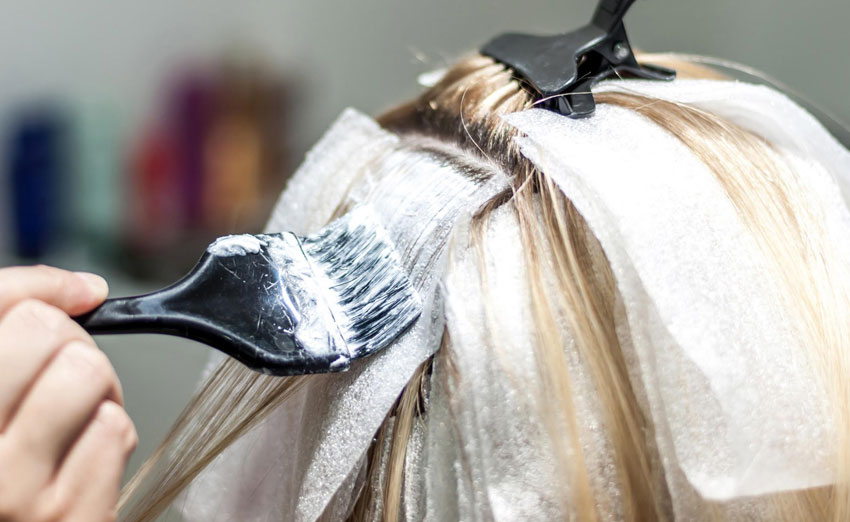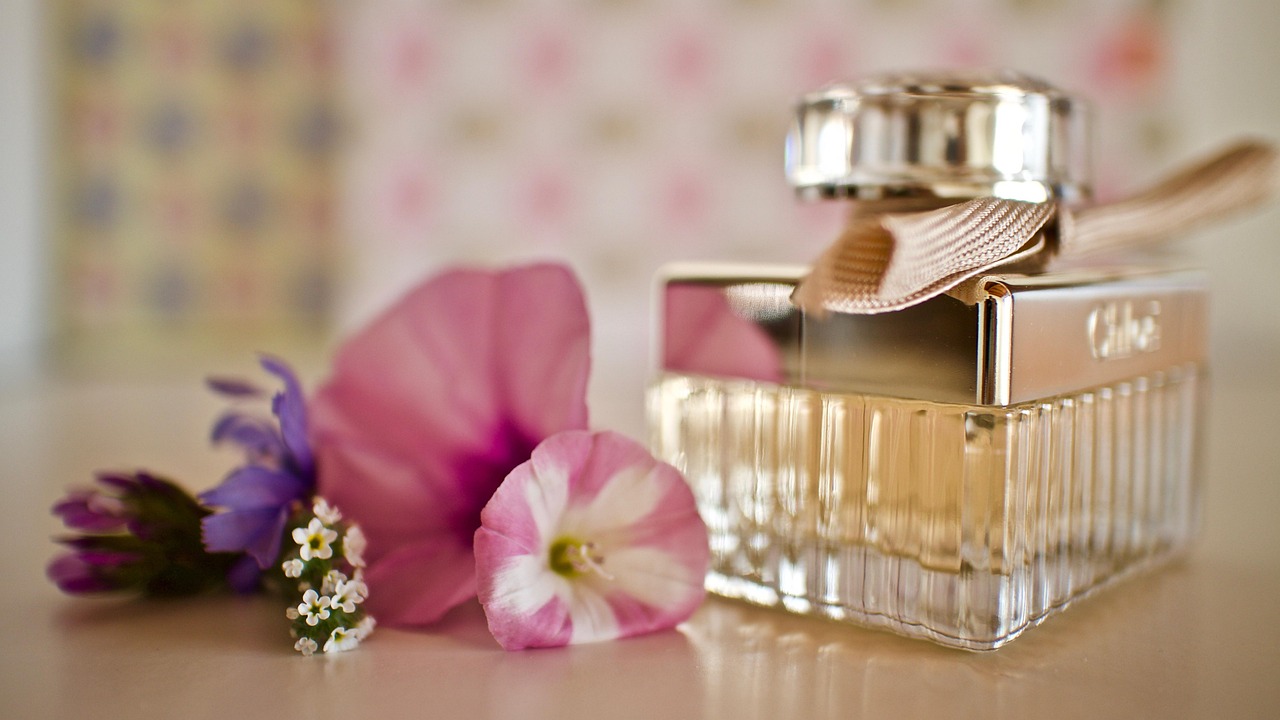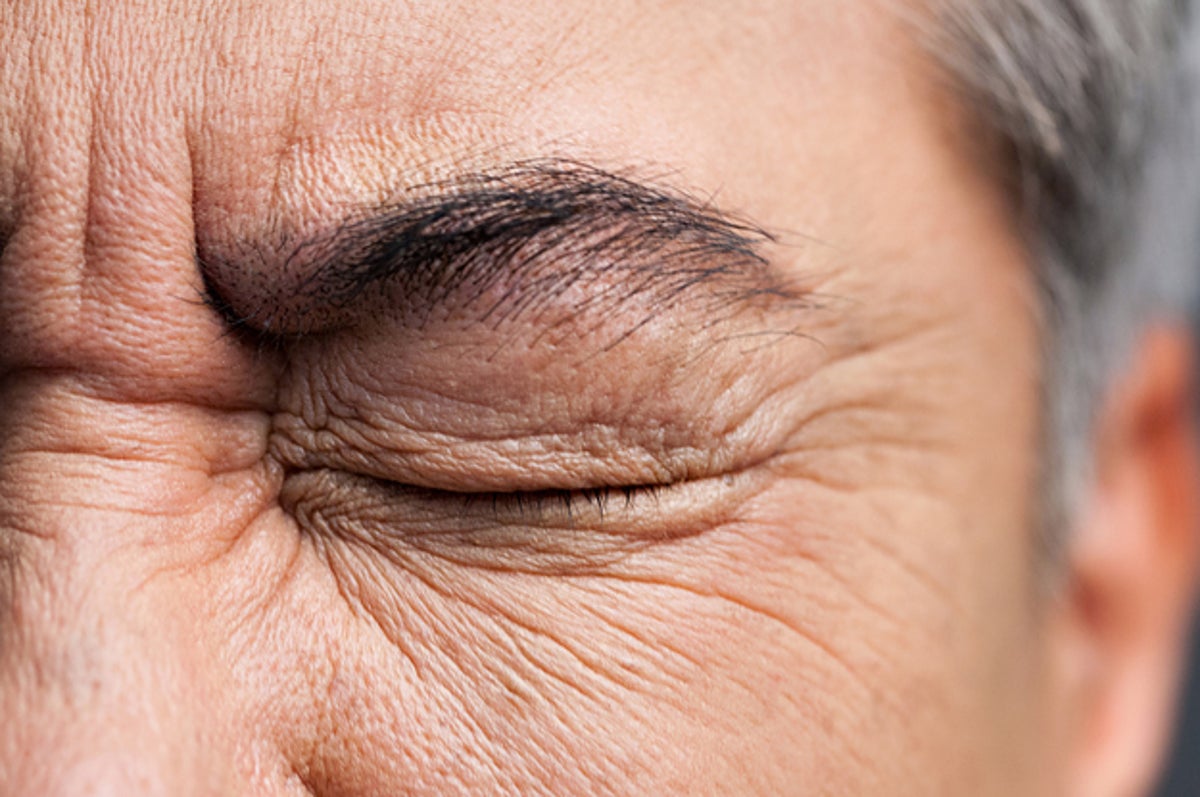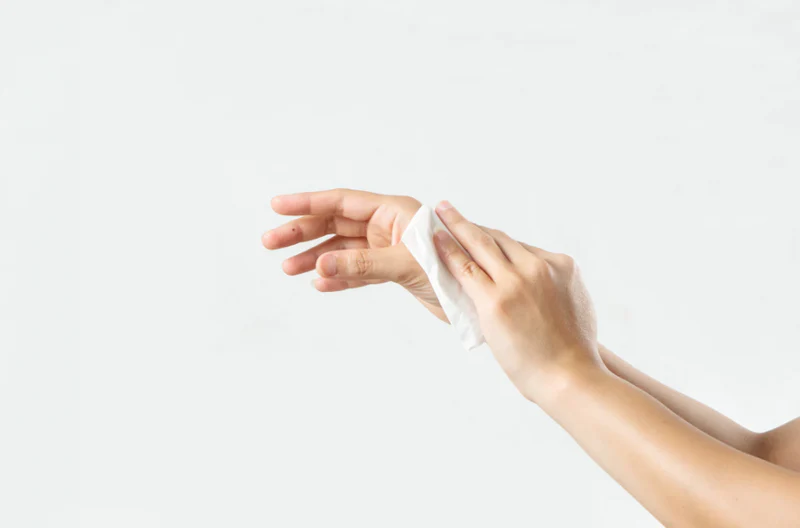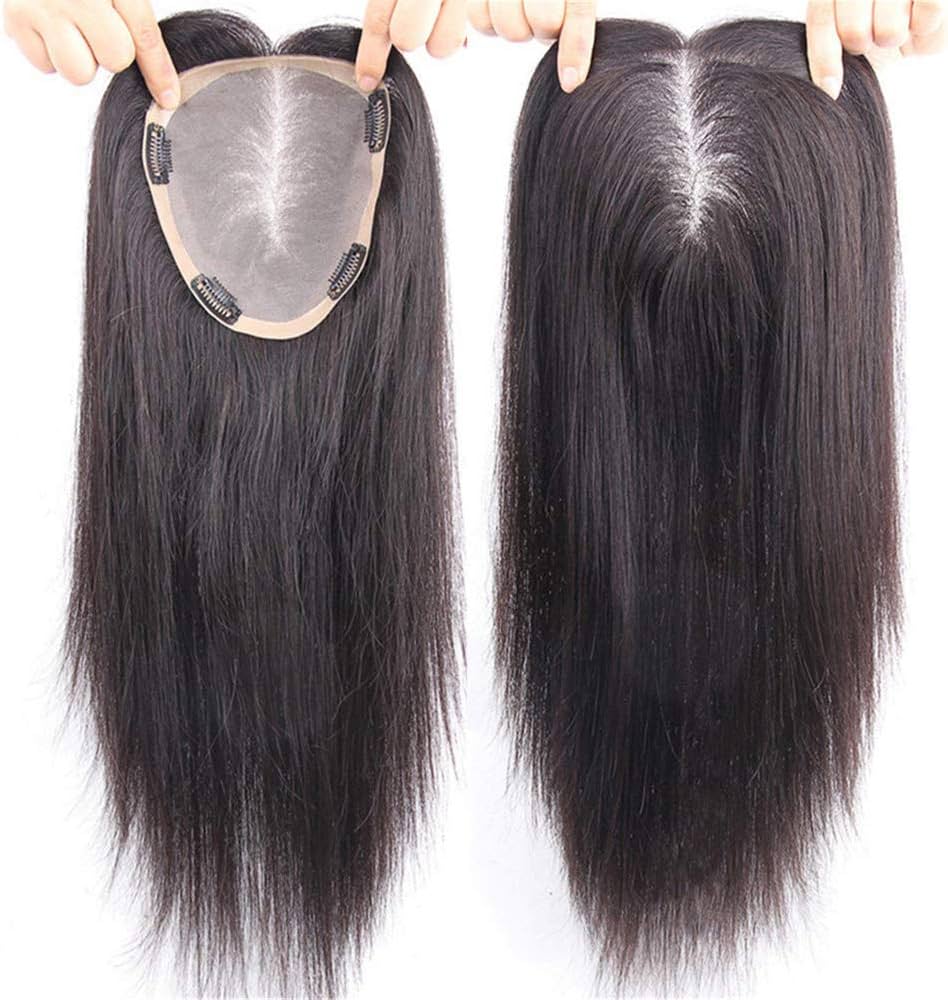The quest for your desired hair color after bleaching can be affected by various factors like excess bleach residue, hair damage, insufficient processing time, or color incompatibility with your natural shade. Elements such as hard water effects, frequent washing, and excessive heat styling further add to this intricate equation, shaping the overall outcome of your hair color journey.
Moreover, the transformative process of bleaching and coloring hair is a popular choice for those seeking a fresh look and a splash of vibrancy. However, the journey from bleaching to achieving the desired hair color isn’t always straightforward. It can be disheartening when your hair doesn’t quite absorb the chosen hue as expected.
Here, you will discover a wealth of additional reasons that can influence hair color absorption, accompanied by thoughtful solutions designed to nurture and maintain dyed hair’s vibrancy and health.
Why won’t my bleached hair take color?
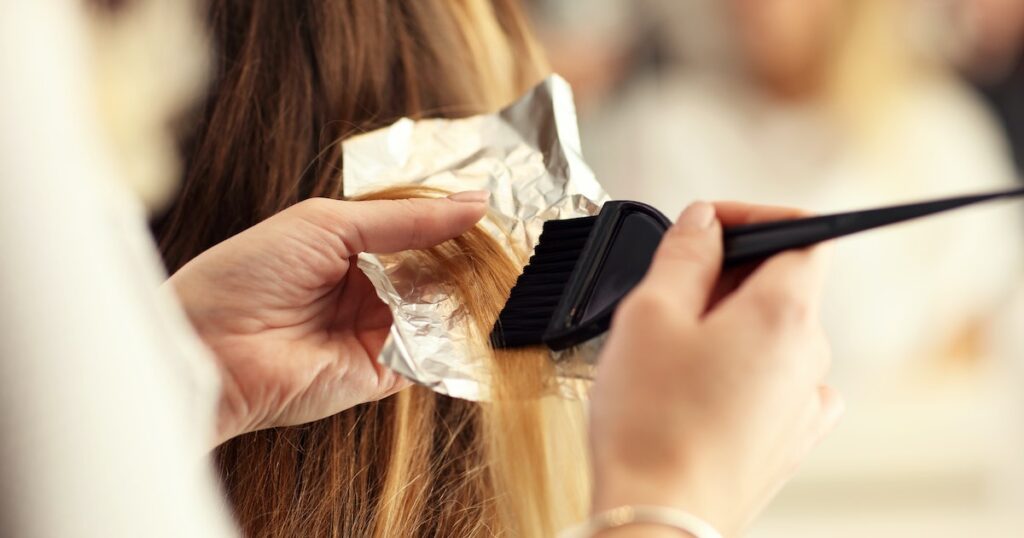
High Porosity
One primary factor that can hinder hair from absorbing color effectively is its high porosity. Porosity refers to how absorbent your hair is, which depends on the number of cuticles on each hair strand and their ability to open up and absorb products. If your hair has high porosity, it struggles to retain moisture, leading to difficulties in absorbing coloring treatments.
To enhance absorption, it’s advisable to employ products specifically designed for porous hair prior to coloring. These products can facilitate deeper penetration of the dye and better adherence to each individual strand.
Insufficient Processing
Time Another reason for unsatisfactory hair color results is not leaving the color product in your hair for an adequate duration. If the processing time is shortened, the product doesn’t have sufficient time to fully develop on the hair shafts.
As a result, the color doesn’t infuse as deeply and might not last as long. To optimize the benefits of the coloring product, meticulously adhere to the instructions provided on the packaging and ensure you leave the product in for the recommended duration.
On average, around 30 to 45 minutes is the suggested duration for leaving the dye in, although this can vary depending on the specific product.
Excess Bleach Residue
Excess residue of bleach in your hair after a bleaching process can also pose a problem. This absence of a suitable base tone can lead to a dull or faded appearance when applying new colors, as there’s no foundation for the new color to build upon.
To address this concern, consider using a clarifying shampoo before applying a new color. This step helps eliminate any surplus bleach residue from your hair strands, establishing a better canvas for the dye application and yielding more vivid and vibrant outcomes.
Hair Damage or Breakage
Hair damage or breakage resulting from over-bleaching or excessive processing can hinder proper color absorption. These processes can weaken certain spots in the hair shaft, impeding the dye from permeating deeply enough for the desired vivid results to manifest.
To counteract this issue, integrate nourishing hair masks and conditioning treatments tailored for bleached hair into your routine between coloring sessions. These treatments serve to rehabilitate and reinforce your hair, allowing it to retain color more effectively.
Insufficient Dye Application
An often overlooked aspect is using an adequate amount of hair dye to fully cover the roots, shaft, and ends of the hair. Inadequate application can result in unexpected color outcomes.
Ensure an even and thorough distribution of color throughout your hair to prevent uneven patches and discoloration. Notably, you don’t always need to dye your entire head for touch-ups; selectively targeting faded roots and ends can suffice.
Incorrect Developer Usage
Using the appropriate developer is paramount, particularly when it comes to box dyes. The developer is just as vital as the dye itself and can influence the effectiveness of color absorption, especially at the hair ends.
For separate color creams and developers, consider the following guidelines:
- Employ volume 30-50 developer for lightening hair.
- Opt for volume 10 developer when darkening hair.
Your choice of developer depends on the degree of lightening or darkening you intend to achieve. If uncertain, seeking professional assistance from a stylist is advisable.
Incompatible Natural Hair Color
The underlying tone of your natural hair significantly impacts the dyeing process. Attempting to apply light dye atop a dark base often yields unsatisfactory results due to inadequate penetration.
Lightening dark hair requires prior bleaching, which can harm the hair’s health. Generally, hair can only be lightened or darkened by about two shades either way. More drastic changes necessitate salon intervention.
Prior to using any hair dye, it’s crucial to conduct a patch test to ensure compatibility.
Hair Greasiness
While natural oils are beneficial for protecting hair, excessive greasiness can impede color absorption. A balance is necessary: slight greasiness can assist dye uptake, while excessive greasiness may hinder penetration.
Recent Bleaching or Dyeing
If you’ve recently undergone bleaching or coloring, subsequent attempts to dye your hair may prove ineffective. Chemical treatments, particularly bleaching, can damage the hair’s cuticles, rendering them less receptive to color.
Using protein fillers or cuticle-repairing oils can aid in restoring hair health and readiness for successful color uptake.
Swimming and Environmental Factors
Chlorine and saltwater are detrimental to hair health and color retention. Chlorine leads to damage and dryness, while saltwater’s effects may result in dry, difficult-to-color hair.
Incorrect Haircare Products
Using color-enhancing haircare products is essential to maintain dye vibrancy. Opt for products with minimal chemicals, and adapt your routine to your current dyeing stage.
Hard Water Effects
Hard water’s mineral deposits can negatively impact dye penetration. Employ water purifiers or regular clarifying shampoos to counteract these effects.
Additionally, using cooler water temperatures(8-16c )during showers helps seal hair cuticles and prevent premature fading.
Porous Hair Structure
Hair porosity influences dye absorption at the ends. Balancing hair porosity is essential—low porosity hinders dye penetration, while excessive porosity may cause damage.
A clarifying shampoo before dyeing can help even out porosity and improve dye distribution.
Frequent Washing
Excessive hair washing strips and natural oils that aid in color retention. Washing every other day and using gentle shampoos maintains moisture balance.
Avoid harsh scrubbing to prevent irritations that could hinder successful dye uptake.
Influence of Low Porosity Hair
Hair with low porosity has tightly sealed cuticles that resist dye penetration. An informal porosity test involves placing freshly washed hair in water and observing its behavior.
To enhance dye uptake in low-porosity hair, employing heat during the coloring process or allowing the dye to remain for an extended period can be beneficial.
Nutrient
Deficient Diet A diet lacking essential nutrients for hair health can affect color uptake. Incorporating supplements like Bloommy’s Keratin, Collagen, and Biotin Vitamins for Hair can bridge nutritional gaps and enhance color retention.
Excessive Heat Styling Post
Dye Subjecting your hair to excessive heat styling after dyeing can complicate color retention. High temperatures can further damage your already treated hair, leading to suboptimal color uptake.
Incorrect Color Pigment Selection
Choosing the wrong color pigment for your hair can lead to unsatisfactory color outcomes. It’s vital to select a pigment that complements your natural hair color and skin tone.
Open Cuticles
Hair with open cuticles may struggle to retain color effectively. Properly sealed cuticles are essential for successful color uptake and retention.
How Do I Restore My Hair After Bleaching?
Achieving restored and vibrant hair after bleaching doesn’t have to be a complex process. The key lies in thorough preparation. To begin with, incorporating deep conditioning treatments, protein masques, and leave-in conditioners is essential. These products play a pivotal role in nourishing your hair from root to tip, effectively addressing the damage caused by the bleaching process.
Furthermore, these treatments create an optimal environment for artificial dyes to permeate the cuticle layer, yielding superior outcomes. Before introducing permanent color, it’s crucial to establish a solid foundation by utilizing hydrating shampoos and conditioners. This step serves to decrease porosity, enhancing the likelihood of even and successful pigment absorption within the strands.
In addition, For individuals transitioning from a lighter blonde shade, such as platinum, to brunette or black tones, a double process may be necessary. Initially incorporating highlights before applying darker shades ensures better assimilation of the deeper hues, leading to a uniform and naturally appealing final result, as opposed to an uneven or brassy appearance.
Then, equally important is the inquiry into the developer type employed by your stylist during the coloring process. Some developers contain potent ingredients that can potentially strip already-lightened hair, all in the pursuit of expedited results.
Lastly, given that these ingredients can be excessively harsh on hair that’s already compromised, it’s prudent to ascertain the specific product being used prior to proceeding with any service. This precautionary step is crucial for sidestepping any additional damage to your hair.
What are the ways to make hair color last longer and keep it looking vibrant?
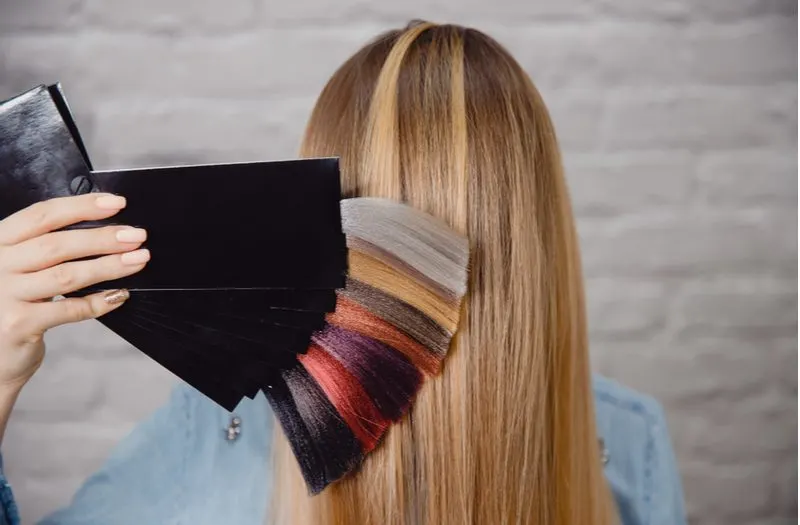
Space Out Hair Washing: Washing your hair too frequently can strip away the natural oils and color, undoing your dyeing efforts. Try extending the time between washes. Begin with washing every other day and gradually increase the gaps between washes. Dry shampoo, braids, or a stylish headband can help manage any oiliness during this adjustment period.
Use Cool Water: Opt for cool water when washing your hair. Hot water can open up the hair cuticles and cause color fading. The transition from warm to cooler water during rinsing to help preserve your color. Eventually, you’ll adapt to washing with colder water, effectively maintaining the vibrancy of your dye.
Select Hair Products Wisely: Choose hair products that support your colored hair rather than damaging it. Avoid clarifying shampoos and alcohol-based products, as they can lead to dryness and color fading. Opt for natural products with minimal ingredients that cater to your hair type and enhance your new color. Look for sulfate- and alcohol-free options for optimal results.
Minimize Heat Usage: Heating tools can harm and dull your colored hair. Embrace heat-free styling alternatives, as there are countless creative ways to style your hair without subjecting it to heat damage. Experiment with French braids, headbands, or twist-based hairstyles. If heat is necessary, use a heat protectant and opt for the lowest heat setting.
Air-Dry Your Hair: Whenever possible, let your hair air-dry to reduce exposure to artificial heat. Gradually incorporate air-drying into your routine, allowing your hair to recover and your color to remain vibrant. Explore heatless styling techniques that both dry and style your hair naturally.
Sun Protection for Hair: Just like your skin, your hair can suffer from sun damage. Shield your hair from UVA and UVB rays by using a scarf, hat, or umbrella when spending time outdoors. Consider using an SPF hair and scalp spray for extended sun exposure.
Pool Protection: Chlorine in pools can be harsh on colored hair, leading to color fading and damage. Prior to swimming, wet your hair with clean water to reduce chlorine absorption. If you do swim in a chlorinated pool, keep your hair dry by tying it up in a bun or wearing a swim cap.
How soon can I recolor my hair after bleaching it?
After bleaching your hair and considering a new color, it’s important to exercise patience. Rushing into immediate re-coloring can harm your hair.
Depending on how light your hair has become, it’s wise to wait at least two week or four before visiting the salon or using box dye.
Moreover, During this waiting period, pamper your hair with extra care, providing it with ample moisture to maintain its health when the coloring process takes place.
While it’s technically possible to bleach your hair twice in one session, we advise against it. Allowing your hair a break between lightening treatments is crucial. Opt for a single round of bleaching and wait for the desired outcome.
Which hair Colour brand is safest?
Here’s a table presenting some herbal hair color options that are known for being safe and free from harmful chemicals, along with their ratings based on Amazon reviews as of August 2023:
| Herbal Hair Color Brand | Amazon Ratings (out of 5) |
| INDUS VALLEY Natural Hair | 4.0 |
| Sadhev Ayurvedic Hair Colour | 3.8 |
| Kama Ayurveda Natural Organic Hair Color | 4.1 |
| Indalo Ammonia-Free Vibrant Hair Color | 3.7 |
Please note that these ratings are based on Amazon reviews and can vary over time. It’s always a good idea to conduct thorough research and consider personal preferences and hair needs before choosing a hair color brand.
FAQS
What hair color is suitable for damaged hair?
For damaged hair, it’s advisable to choose a semi-permanent hair color or rinse. These options are generally less damaging to the hair and can contribute to its overall health.
Why is my damaged hair struggling to retain color?
Damaged hair possesses an open cuticle structure characterized by holes, tears, and gaps on its surface. While these gaps facilitate the entry of dye pigments into the hair, the hair itself lacks the capacity to hold onto these pigments effectively. As a result, the applied color tends to bleed and fade rapidly.
Which hair colors are suitable for bleached hair?
When considering colors for bleached hair, options include natural shades like various browns, blacks, reds, and blondes. Alternatively, more adventurous choices like cherry red, blue, purple, pink, and others are also viable. For a subtler effect, it’s recommended to stick to hues that are 1-3 shades away from your natural hair color.
What happens if I dye my hair twice in one day?
Using a potent ammonia-based dye too frequently can lead to hair damage.
Conclusion
Overall, the challenge of hair not retaining color after bleaching can be attributed to the compromised state of the hair’s cuticle. Damaged hair exhibits a porous and open cuticle structure, featuring gaps, holes, and tears that allow dye pigments to enter but prevent their effective retention. The inability to hold onto color results in bleeding and fading.
Furthermore, to overcome this issue, it’s crucial to focus on repairing and nourishing damaged hair through proper care, deep conditioning, and gentle treatment. By addressing the health of the hair and ensuring its cuticle structure is restored, the potential for successful color absorption and longevity increases.







